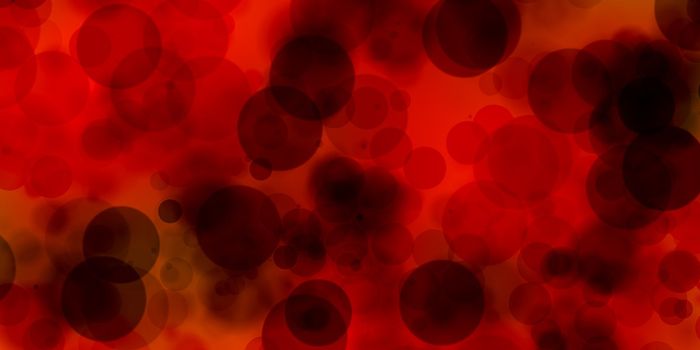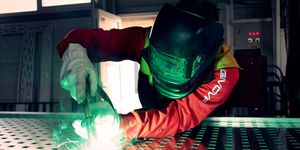Scientists at the Stanford Institute for Stem Cell Biology and Regenerative Medicine have discovered a striking parallel between scar tissue formation and tumor growth: they both evade immune surveillance. As a result of this similarity, therapies to reactivate the immune system to target cancer cells have been shown to also work for treating scar tissue in the lung. The work was published recently in Nature Communications.
Idiopathic lung fibrosis is caused by overactive scar tissue cells called fibroblasts. Though the precise triggers and accelerants of fibrosis progression are still not fully understood, what is known is that in general, lung scarring is bad news. Progression of the conditions greatly limits the patients’ ability to breathe normally, with devastating effects on their overall quality of life. The only clinical intervention for advanced-stage lung fibrosis is a lung transplant.
The study, led by pathology expert Gerlinde Wernig, MD, aimed to identify how the normal molecular pathways involved in preventing overactive fibroblasts are disrupted in the case of fibrosis. Why don’t circulating immune cells such as macrophages detect a problem?
“In idiopathic lung disease, these fibroblasts behave almost like cancer cells,” said Wernig.
“They grow over normal lung structures, obliterating airways, and blocking the passage of air in and out of the blood.” Fascinatingly, this homology extends to how fibroblasts evade capture by the body’s immune cells — via the proteins CD47 and PD-1.
Another inflammatory molecule that came into play was IL-6, a molecule whose predominant role in cancer is to promote tumor growth.
“When we looked at clinical tissue samples from lung fibrosis patients, we saw a huge increase in IL-6,” Wernig said. “IL-6 is known to be associated with chronic inflammatory disease, but it wasn’t clear how the molecule was contributing to the scarring process.”
By experimentally blocking CD47 and IL6 in a mouse model of idiopathic lung fibrosis, Wernig and team saw a massive reduction in lung scarring, as a result of increased immune clearance of fibroblasts. According to Wernig, this is a breakthrough for lung fibrosis patients, for whom clinical interventions beyond oxygen ventilators are extremely limited.
“This study presents hope for a new treatment option that could improve the condition of patients with lung fibrosis.”
Sources: Nature Communications, Stanford Medicine.









